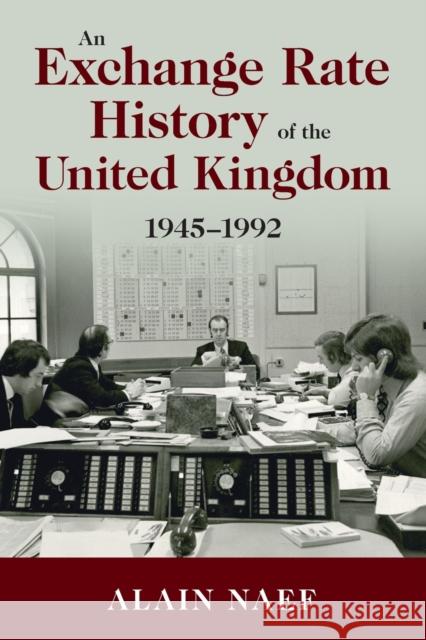An Exchange Rate History of the United Kingdom » książka
topmenu
An Exchange Rate History of the United Kingdom
ISBN-13: 9781108813938 / Angielski / Miękka / 2023 / 266 str.
An Exchange Rate History of the United Kingdom
ISBN-13: 9781108813938 / Angielski / Miękka / 2023 / 266 str.
cena 116,30
(netto: 110,76 VAT: 5%)
Najniższa cena z 30 dni: 115,80
(netto: 110,76 VAT: 5%)
Najniższa cena z 30 dni: 115,80
Termin realizacji zamówienia:
ok. 22 dni roboczych
Bez gwarancji dostawy przed świętami
ok. 22 dni roboczych
Bez gwarancji dostawy przed świętami
Darmowa dostawa!
This history of sterling shows how the Bank of England defended the pound and managed foreign exchange.











